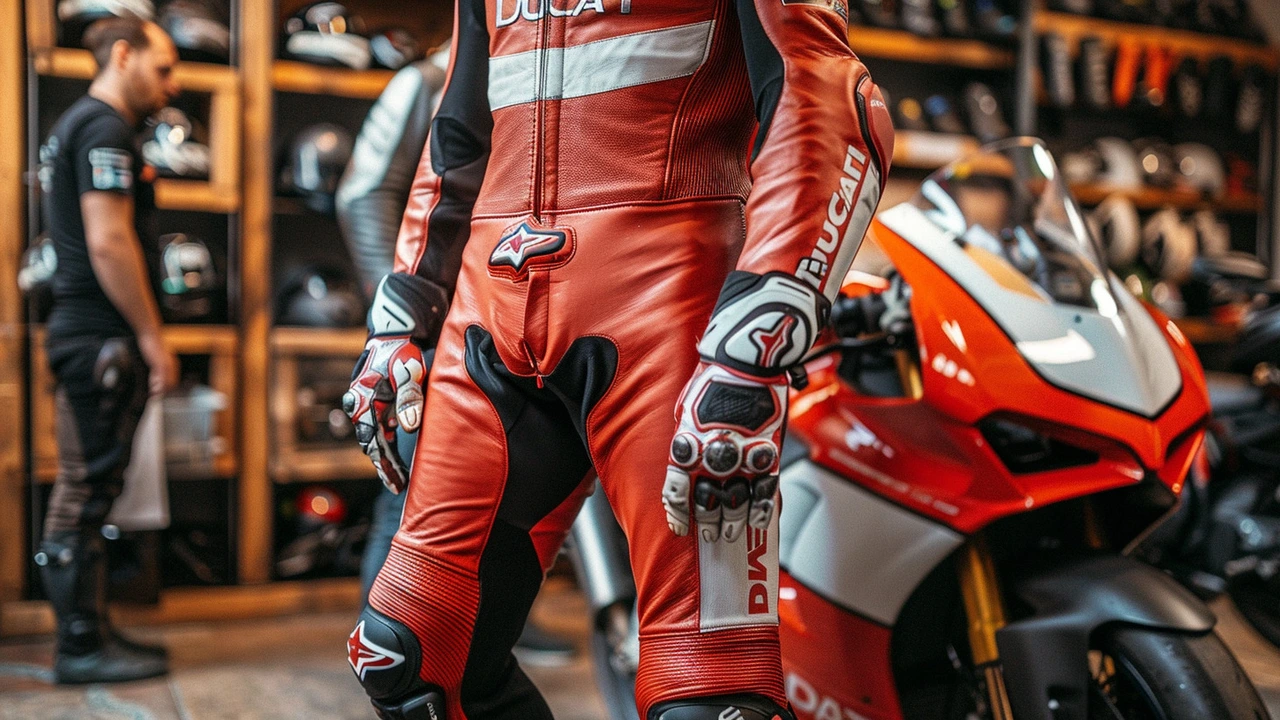Knee Sliders: What They Do and Why They Matter
Ever watch a rider touch their knee to the tarmac and wonder why? Knee sliders let you lean harder, feel the bike’s edge, and stay safer when you’re cornering. They’re small, but choosing and fitting the right sliders makes a big difference on the track and on sporty street rides.
Types and How to Pick One
There are three common types: plastic or nylon, polyurethane (PU), and composite (carbon/kevlar). Plastic sliders are cheap and predictable — they slide smoothly and wear down evenly. PU sliders offer more grip and longer life. Composite sliders are light and strong but cost more and can be harsh on the pavement.
Also decide how they mount. Velcro sliders are quick to replace between sessions. Screw-on sliders are more secure and common in racing suits. If you ride club days, Velcro is handy. If you race, go with screw-fit for reliability.
Match the slider shape to your riding style. Rounded sliders give predictable contact; pointed or wedge shapes let you scrub off speed when you touch down. If you’re unsure, pick a medium-sized rounded slider — it works for most riders and suits many leather suit designs.
Fit, Positioning and Break-in
Where you place the slider matters. It should sit where your knee naturally hits at full lean, not too far forward or back. Have someone watch you on the bike as you lean, or use video to mark the exact spot. For Velcro sliders, align the base plate so the slider makes full contact at the lean angle you use.
Break in new sliders on practice laps. Expect some sparks and a rapid scuffing of the outer surface. That’s normal. If a slider grabs, or the suit pulls awkwardly, reposition it before riding hard.
Maintenance is simple but important. Clean sliders after sessions — wipe off rubber and grit so the Velcro stays effective. Inspect screw fittings for looseness and tighten them with threadlocker if needed. Replace sliders when the wear surface is too thin, cracked, or you hit the metal base plate.
Safety note: sliders wear away over time. If you feel sudden vibration or notice exposed screws, stop and change them. Don’t keep riding with damaged sliders — they can tear your suit or behave unpredictably in a slide.
Quick checklist before you ride:
- Check slider type matches your needs (Velcro vs screw-on).
- Confirm position with a lean-angle check or video.
- Tighten screws and clean Velcro surfaces.
- Carry spare sliders and a small tool kit for mid-day swaps.
Choosing the right knee sliders, fitting them correctly, and keeping them in good shape gives you confidence at lean angles. Try one change at a time — new type, new position — and you’ll feel the difference quickly on track.



